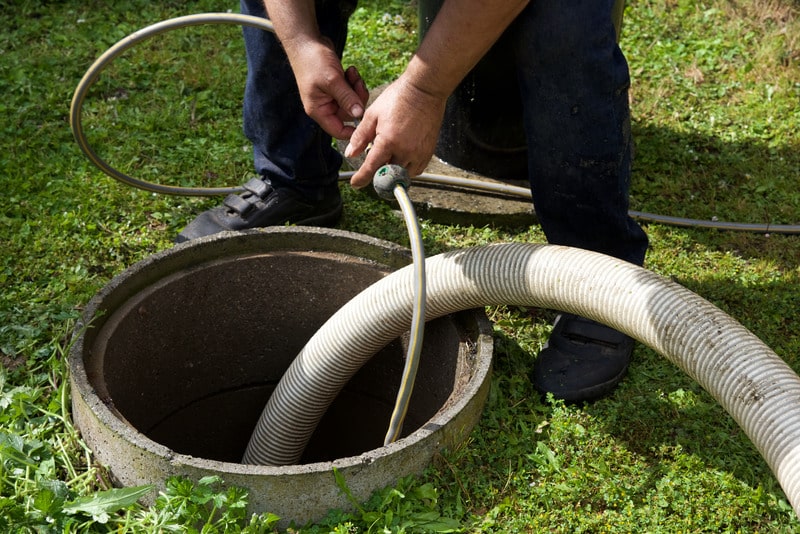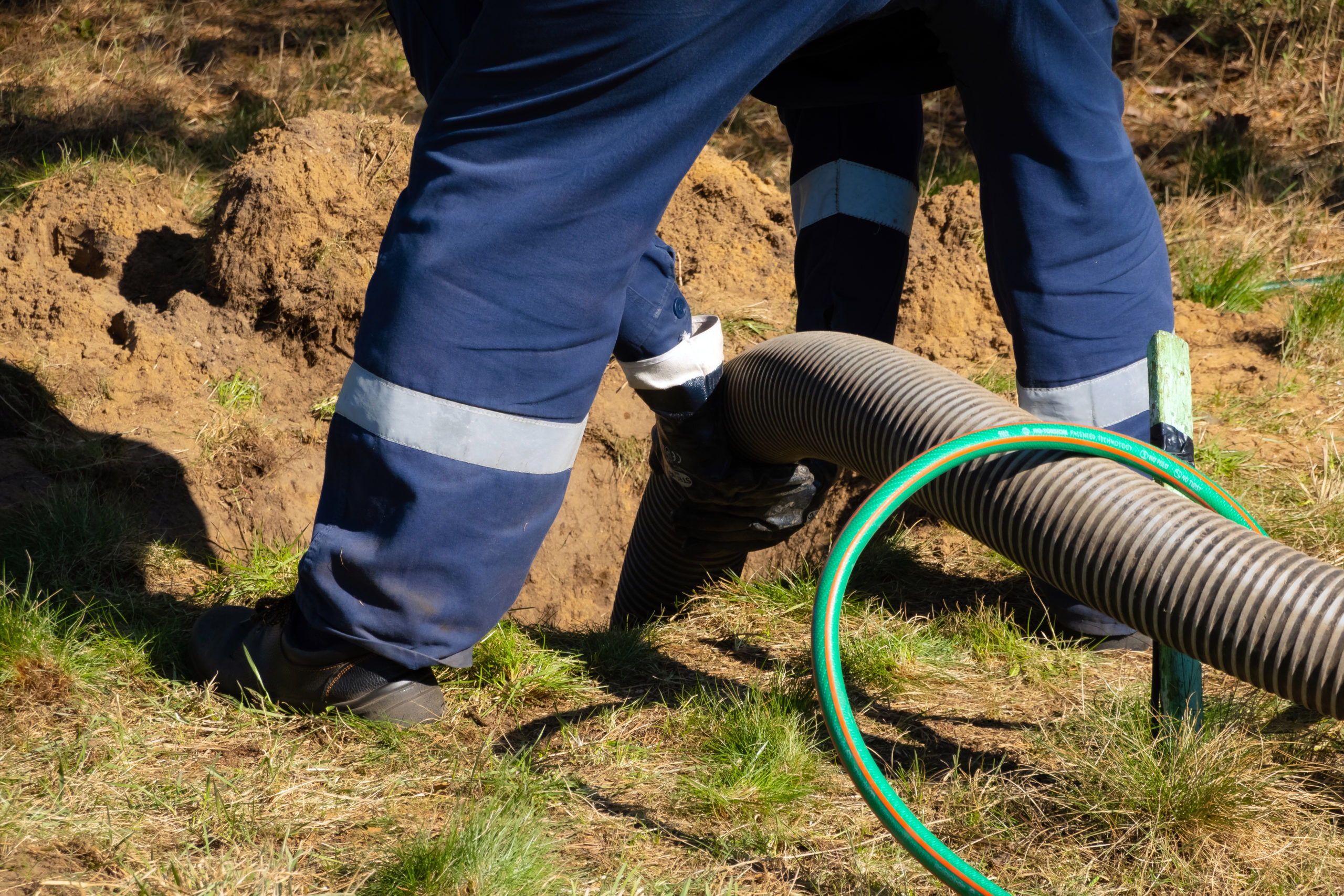An Unbiased View of Stillwell Septic And Grading
The Best Guide To Stillwell Septic And Grading
Table of ContentsStillwell Septic And Grading Fundamentals ExplainedOur Stillwell Septic And Grading StatementsThe Facts About Stillwell Septic And Grading RevealedUnknown Facts About Stillwell Septic And Grading7 Easy Facts About Stillwell Septic And Grading ExplainedThe Definitive Guide for Stillwell Septic And GradingStillwell Septic And Grading Things To Know Before You Buy
In general, septic storage tank setup is a complicated procedure that calls for cautious planning and implementation. Homeowners should function with a reliable installment group and know local policies and demands to ensure that their septic tank works effectively for years ahead. After the septic system has actually been installed and linked to the drain field, it is time to backfill the area.The backfill product must be devoid of clods, large rocks, icy matter, and debris that can result in spaces in the backfill that might enable clearing up in time. Squashed rock or pea gravel 1/2-inch in diameter is preferred if native products are not appropriate. Once the backfilling is total, it is time to landscape the area.
As soon as the septic system has actually been mounted, it is important to evaluate it to make certain that it is working correctly (Stillwell Septic). https://experiment.com/users/stillwellsag. Checking the system involves looking for leakages, making sure that the storage tank goes to the ideal degree, and taking a look at the drain field. One of the most typical tests performed is the hydraulic load examination
The Stillwell Septic And Grading Statements
The water is then kept an eye on to ensure that it moves correctly with the pipelines and right into the drainpipe field. If the water does not move correctly or supports right into the tank, it might show a problem with the system. One more examination that is generally carried out is the color examination.
The dye is after that kept track of to make certain that it moves appropriately via the pipes and into the drain field. If the color does not move properly or appears in the wrong area, it may indicate a trouble with the system. It is crucial to have a professional perform these examinations to ensure that they are done properly.

Some Known Questions About Stillwell Septic And Grading.
Below are some vital ideas for home owners to keep their septic tank: The ordinary house septic system must be examined at least every 3 years by a septic solution expert. The frequency of pumping depends upon the dimension of the tank and the number of individuals utilizing it. https://forums.hostsearch.com/member.php?257676-stillwellsag. A general policy of thumb is to pump the container every 3 to 5 years
Making use of water-efficient fixtures and devices, such as low-flow showerheads and commodes, can minimize water usage and assist the septic system job a lot more efficiently. Only flush commode paper and human waste down the commode. Prevent purging anything else, including feminine health products, child wipes, and food preparation oil, as they can clog the system.
How Stillwell Septic And Grading can Save You Time, Stress, and Money.
Septic system installment is a complex process that requires careful planning and execution. Homeowners must know the necessary actions associated with the installment process to make sure that their septic tank operates effectively and successfully. The very first step is to evaluate the site where the septic tank will certainly be mounted.
Once the site has been examined, the next step is to prepare for the installation. Home owners must make certain that their professional is experienced in septic tank setup and will work alongside them throughout the process.
Little Known Questions About Stillwell Septic And Grading.

Homeowners have to know the required steps associated with the setup process to make sure that their septic tank works effectively and efficiently. By adhering to these steps and maintaining their system, homeowners can feel confident that their septic system will provide trusted wastewater treatment for several years to come.
Almost one in 5 united state homes have septic tanks. Yours may be among them. If you're not effectively keeping your septic tank, you're not only hurting the environment, you're putting your family members's wellness at riskand may be flushing thousands of dollars away! his comment is here Do Your Part, Be SepticSmart: The Do's and Do n'ts of Your Septic System.
Stillwell Septic And Grading Fundamentals Explained

All that additional water can actually stress your septic system. This can be valuable particularly if your system has not been pumped in a long time.
Stillwell Septic And Grading Can Be Fun For Everyone
Know your system's area. When you have the storage tank pumped, attract a layout or map revealing its place in connection to dealt with factors - corners of the home, actions, or fence articles.
Lower the amount of wastewater that must be treated and disposed of by your system: Laundry no more than one or 2 tons of clothing daily. Up to 53 gallons of water flooding your septic system with each lots, so it's best to spread laundry out over the week.